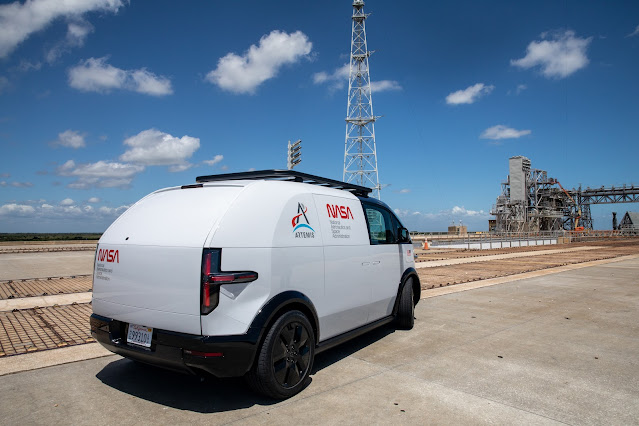'Engineer of the Future': Star Trek's 'Scotty,' James Doohan at NASA Goddard
Note: Poor audio and video quality (and camerawork) in this 1992 video.
Famous for his portrayal of Chief Engineer Montgomery Scott—"Scotty"—on the original Star Trek TV series (1966-1969), Canadian actor James Doohan visited NASA's Goddard Space Flight Center in Greenbelt, Maryland, in March 1992.
Doohan gave his presentation (entitled "Engineer of the Future") to a standing-room-only crowd in Goddard's Building 8 auditorium before answering questions from the audience.
Doohan's appearance was not quite four months after "Star Trek VI: The Undiscovered Country" hit theaters, and little more than half-a-year before he reprised his role in an episode of "Star Trek: The Next Generation."
Tom Huber, then Goddard's director of engineering, introduced Doohan, whose lecture was presented under the auspices of the Goddard Engineering Colloquium.
This video recording of the presentation was digitized in June 2022 from a Betacam cassette copy found in the archives of the Office of Communications at Goddard.
Learn more about the original Star Trek TV Series:
https://www.imdb.com/title/tt0060028
Video Credit: NASA's Goddard Space Flight Center (GSFC)
Duration: 52 minutes
Release Date: June 15, 2022
#NASA #Space #Science #ScienceFiction #TV #Film #StarTrek #Scotty #MontgomeryScott #JamesDoohan #Actor #Canadian #Soldier #Veteran #WWIIVeteran #Canada #Scotland #Scottish #Technology #Engineering #Engineer #Greenbelt #Maryland #UnitedStates #STEM #Education #History #HD #Video
RD.png)



.jpg)




2di7%20&%20titanio44.png)
.png)
.png)
.jpg)





.jpg)
.jpg)

.jpg)






